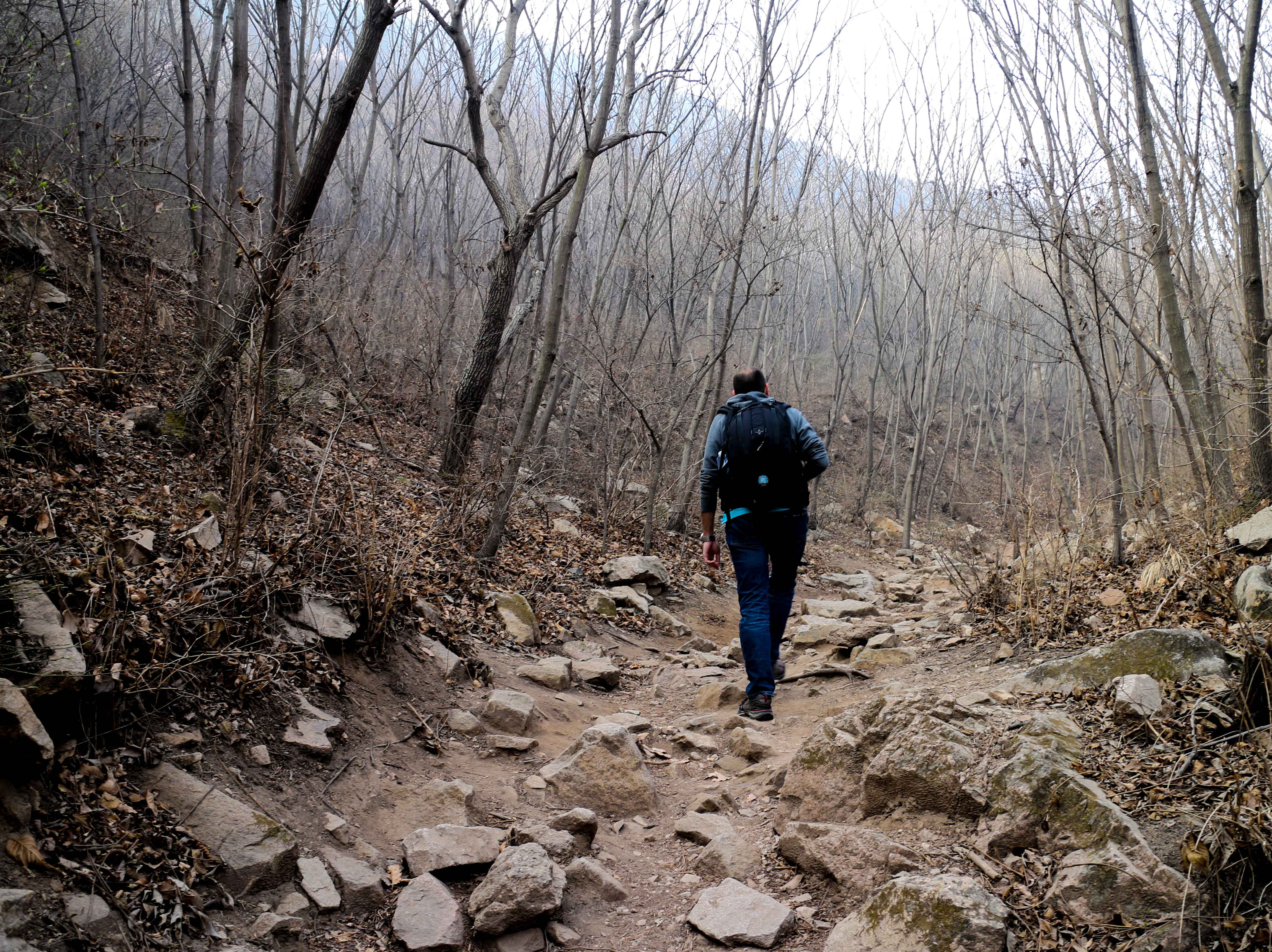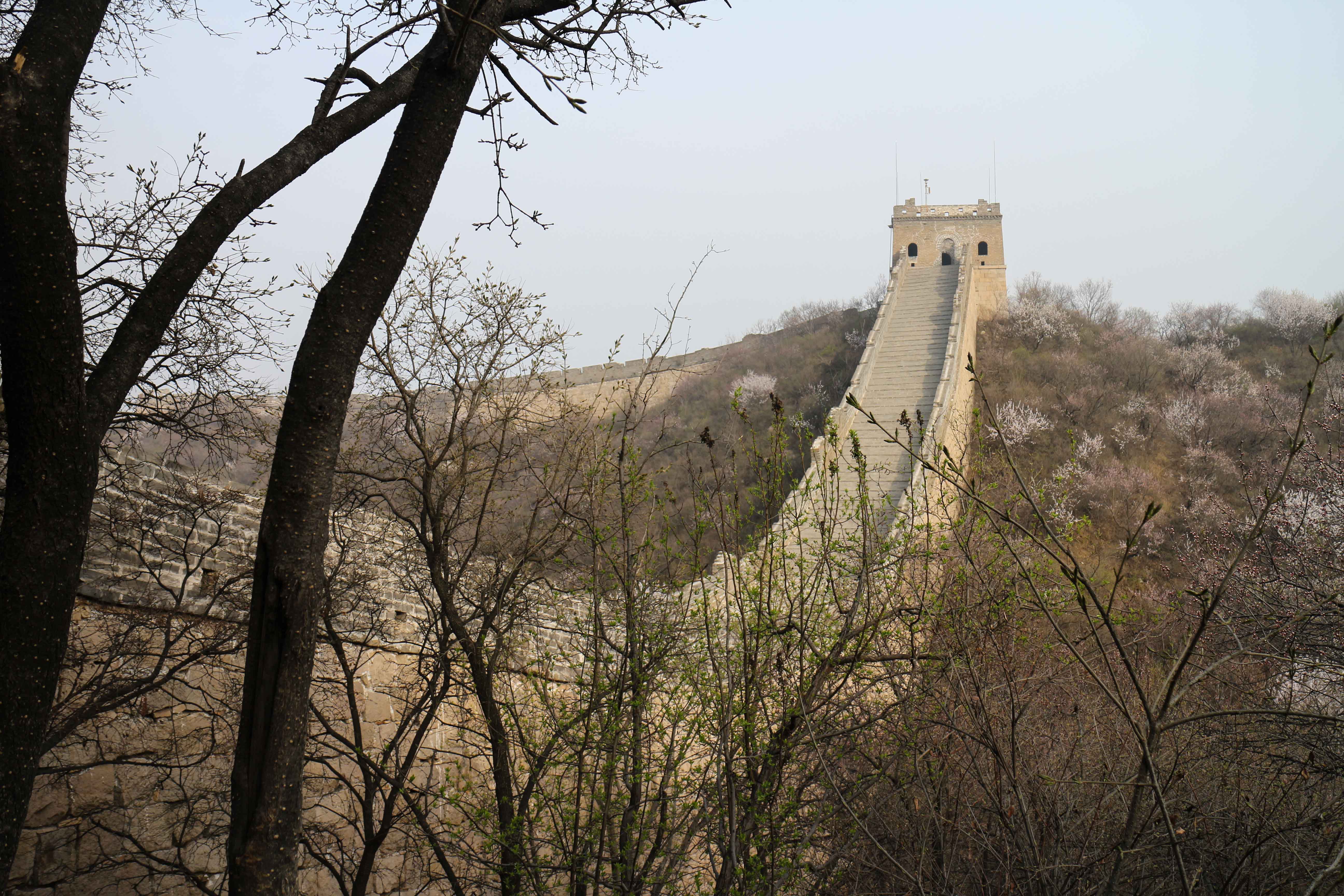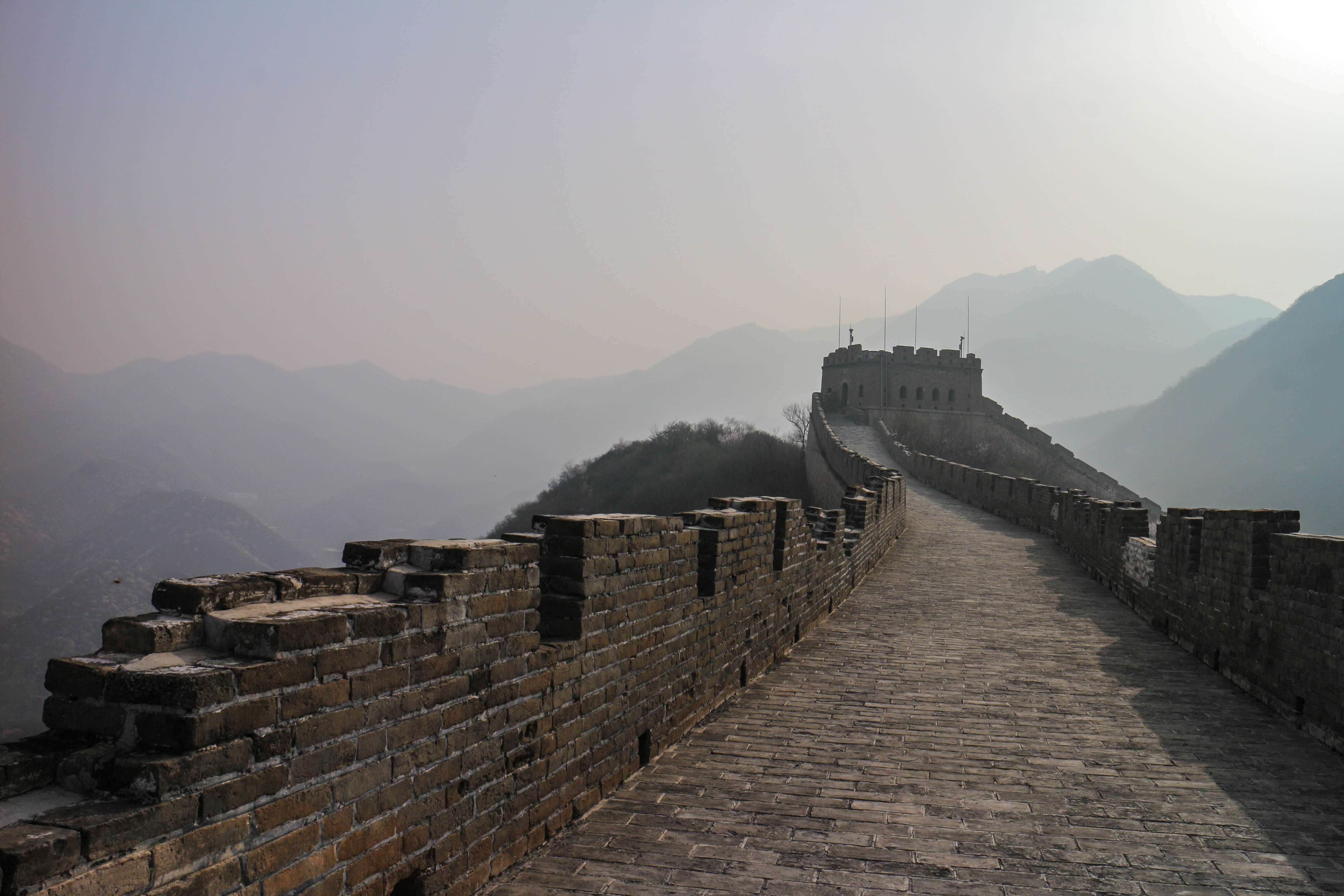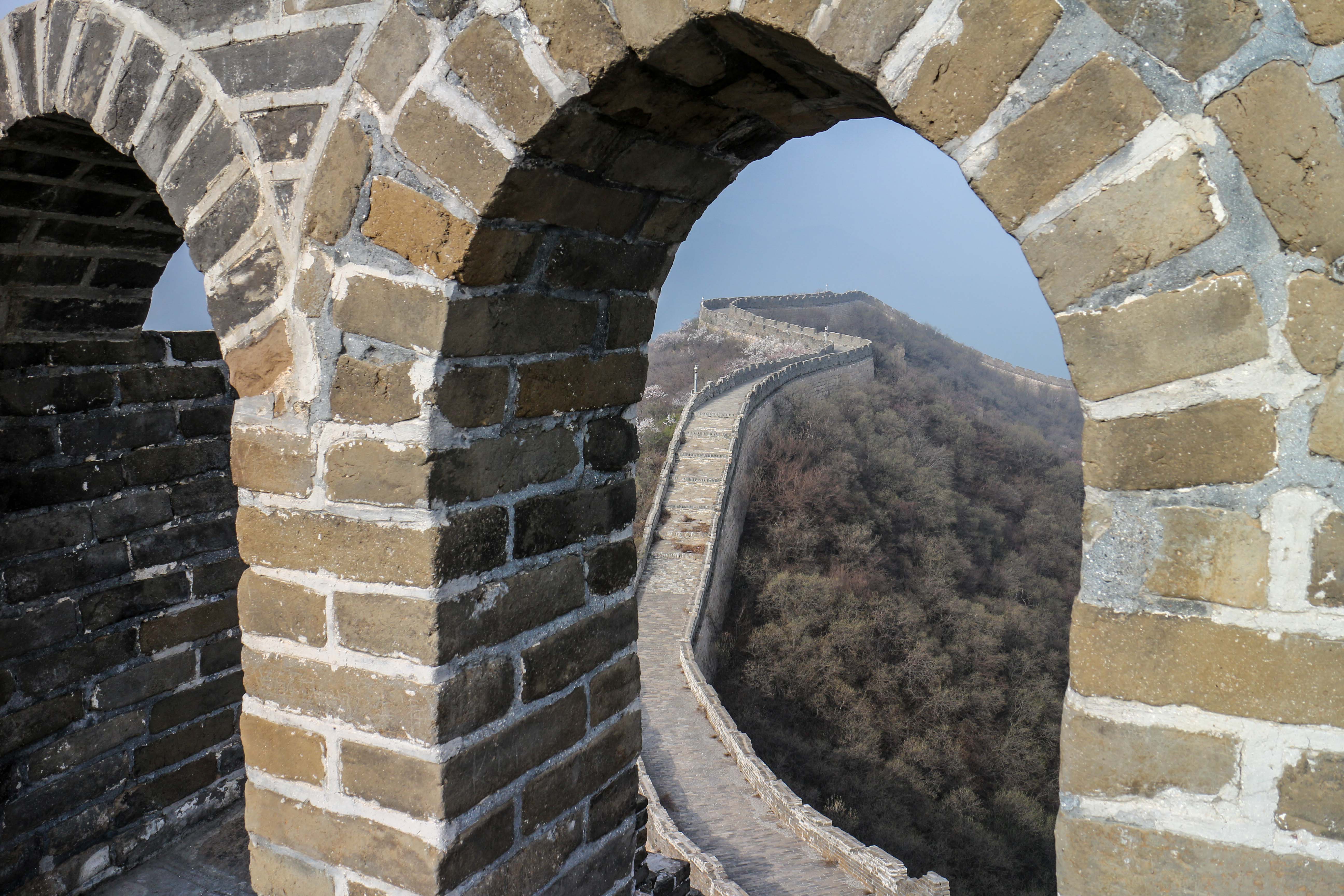The air is heavy with the smell of spruce, as I hike my way through the Shuiguan mountains towards the Great Wall of China. I’m on a steep, solitary path that twists its way through larches, spruce, cherry blossom and other tree species. With my two travel partners ahead and behind me, and the only sound our muted footsteps, I feel like I’m part of a Mongolian advance party, sent to scout fortifications before the main attack.
The Great Wall weaves its way all over the northern part of China and is on every traveller’s must do list for the country. But less well known is that it was built over centuries by various dynasties, so each section tells a different story and can be a wholly different experience. In fact the options can be confusing for a first time visitor: Badaling, Mutianyu, Jinshanling, and the list goes on.
But there is an option that doesn’t pop up on most guides: this private section of the wall nestled in the Shuiguan mountains, owned by the aptly named Commune by the Great Wall. Away from the madding crowds, the hike is marked out by a solitary, rugged dirt path through the woodlands.
As we trek on, the Wall unveils itself slowly. It peeks through the trees in the distance, and gradually gets closer until we turn round a bend and find ourselves right at its base, by a collapsed watchtower. Then it’s a skip through a fence, and we’re there, standing on the Great Wall itself, with no one else for miles. The Wall stretches beyond the fog that hangs over the mountains, and we drink in the sight that we have all to ourselves.
As we walk along, it’s clear that this section isn’t ‘restored’ like the more well-known sections of the Great Wall (which have been quite reconstructed to make them more accessible to the public). Here the Wall can be walked as it really used to be when built. In fact accessibility isn’t its strong point – the hotel made us sign a disclaimer before setting out, and it’s so steep in parts that we have to drag ourselves up with a rope. I now have full respect for the Chinese Warriors who manned it in full armour on a daily basis, and a greater understanding of why the Wall was so hard to breach!
Besides the Wall’s defenders, it’s thought that a jaw-dropping one million people worked on its construction. But the real secret behind the Great Wall’s longevity is chemical: the use of sticky rice flour as an additional ingredient in the mortar. Sticky rice flour made the mortar stronger and more water resistant, thanks to the compact microstructure that formed when it was mixed in, allowing the Wall to resist weathering and powerful earthquakes. The same mortar recipe has popped up in other Chinese monuments that have similarly stood the test of time.
Next page – Comparison to Badaling and my tips for visiting the Great Wall



